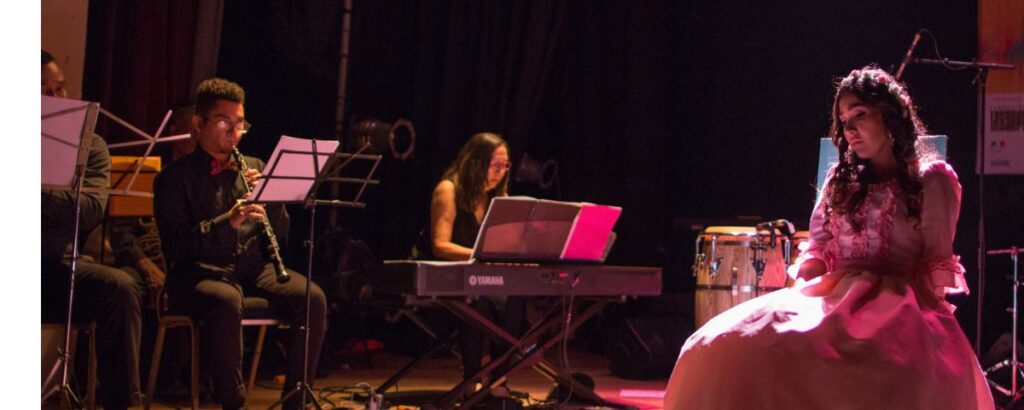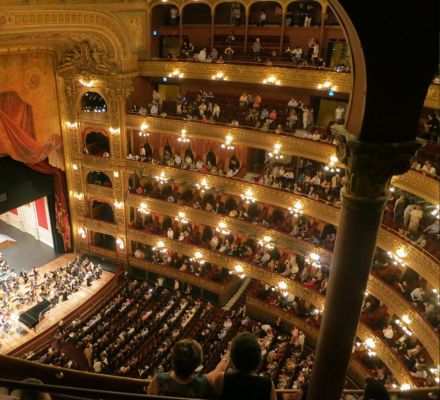Opera is one of the oldest and most powerful forms of storytelling. For centuries, it has enchanted audiences with breathtaking music, compelling narratives, and stunning stage designs. But in an era dominated by streaming platforms and digital entertainment, why does opera still hold such a special place in the hearts of so many? The answer lies in its unique ability to merge different art forms into one immersive experience.

A Fusion of Art Forms
Unlike other types of performances, opera is a blend of multiple artistic disciplines. It combines the intensity of live theater with the emotional depth of orchestral music and the visual spectacle of grand set designs. Whether it’s the soaring vocals of a soprano or the dramatic intensity of a full ensemble, opera has a way of engaging audiences in a way few other performances can.
The Power of Emotion
Opera is often described as one of the most emotionally charged art forms. The combination of music and drama allows audiences to feel the deepest joys and sorrows of the characters on stage. Whether it’s the heartbreak of Madama Butterfly, the passion of Carmen, or the tragic beauty of La Traviata, opera captures emotions that transcend language and culture.
Modern Adaptations Keep It Relevant
While traditional productions continue to honor opera’s rich history, modern interpretations are helping to bring it to new audiences. Directors are reimagining classic operas with contemporary themes, innovative stage designs, and cutting-edge technology. Some productions incorporate digital projections, interactive elements, and even modern-day settings to make these timeless stories feel fresh and relevant.
Opera is more than just a performance—it’s an experience that resonates across generations. Whether you’re a longtime fan or a newcomer curious about the world of opera, there’s always something new to discover. Join us at our next production and witness the magic of opera for yourself!

